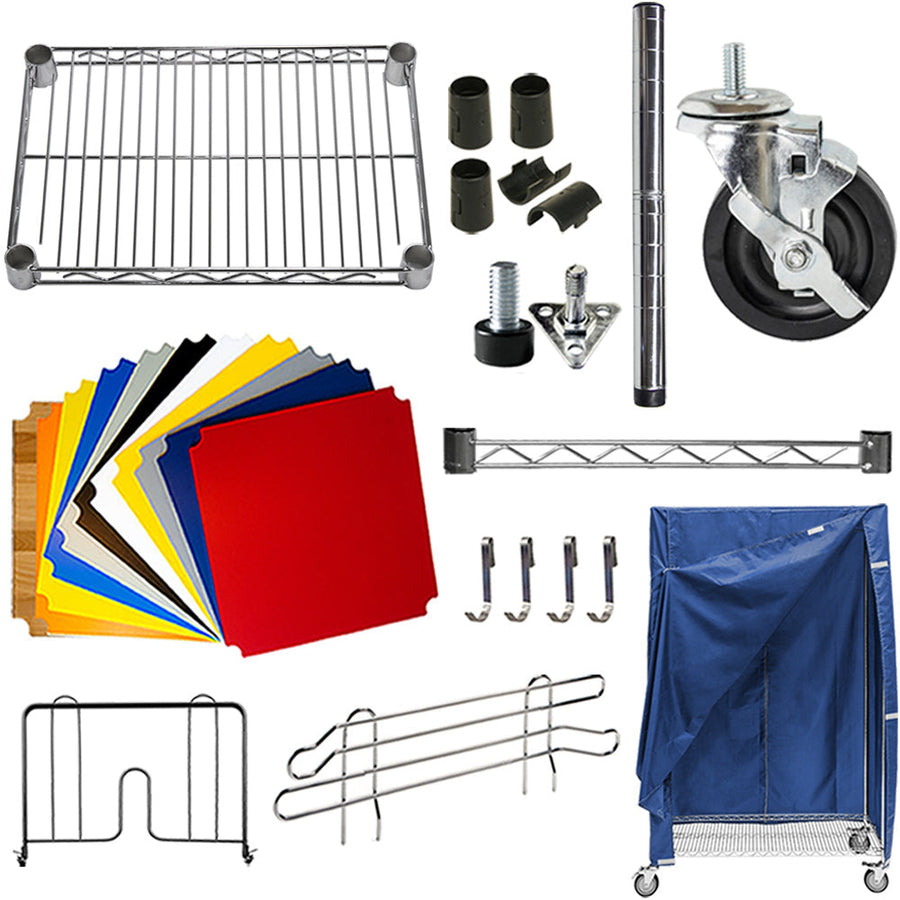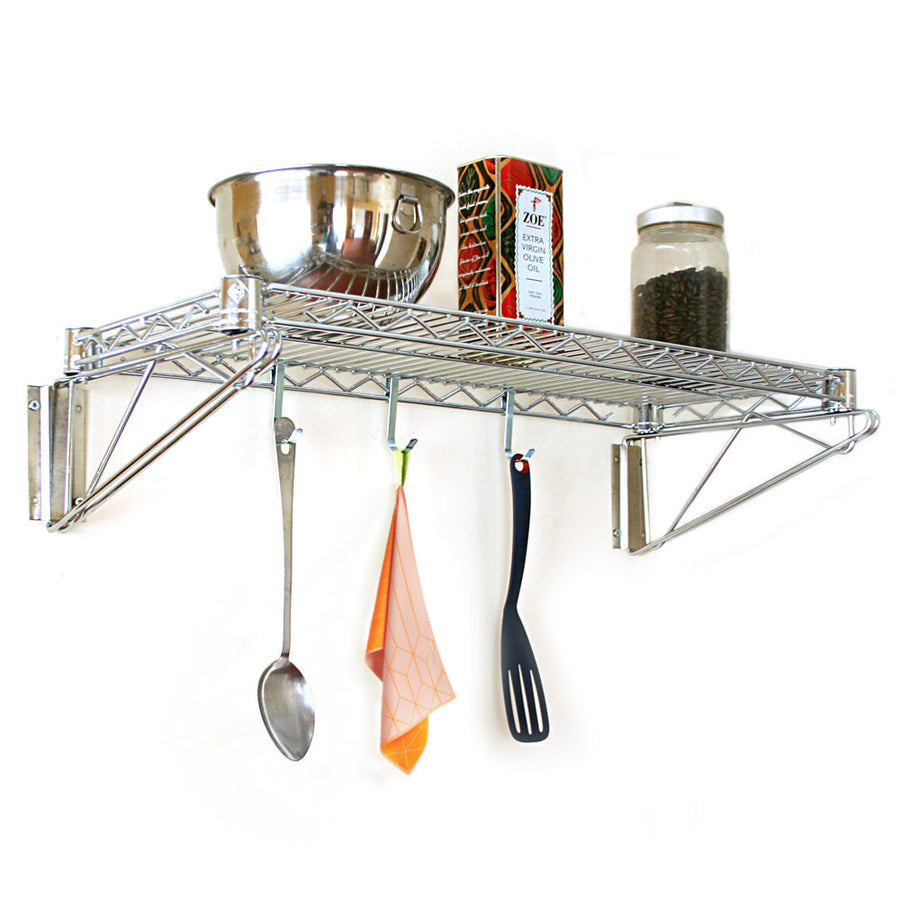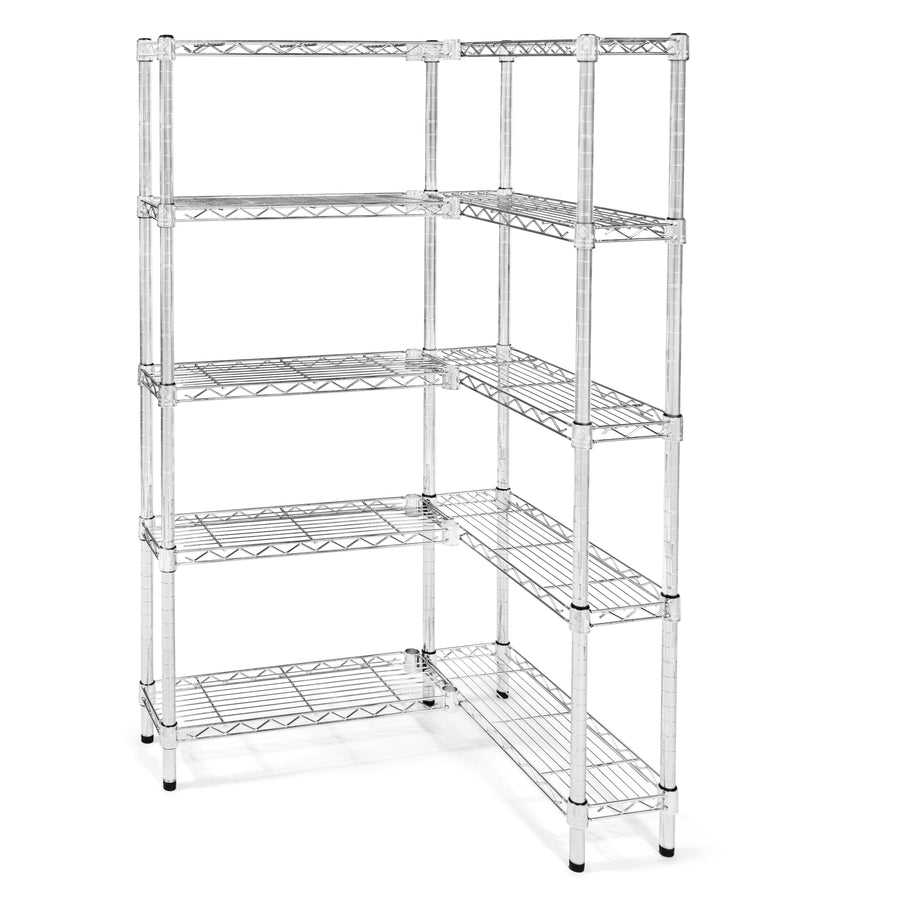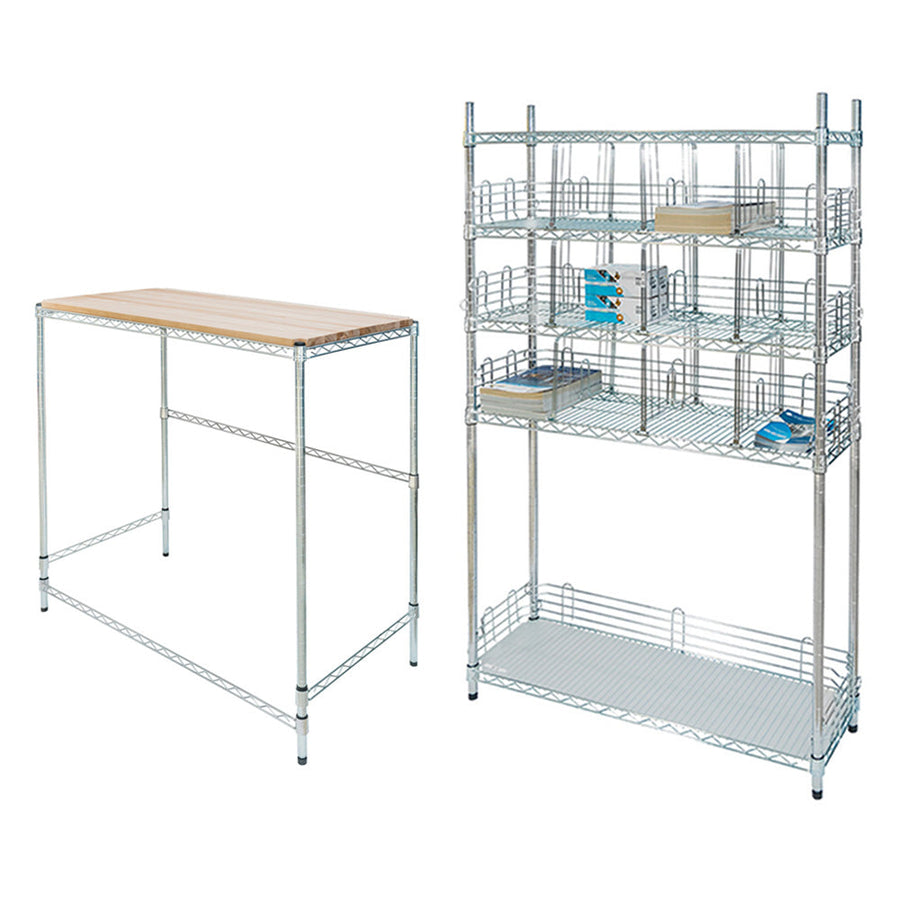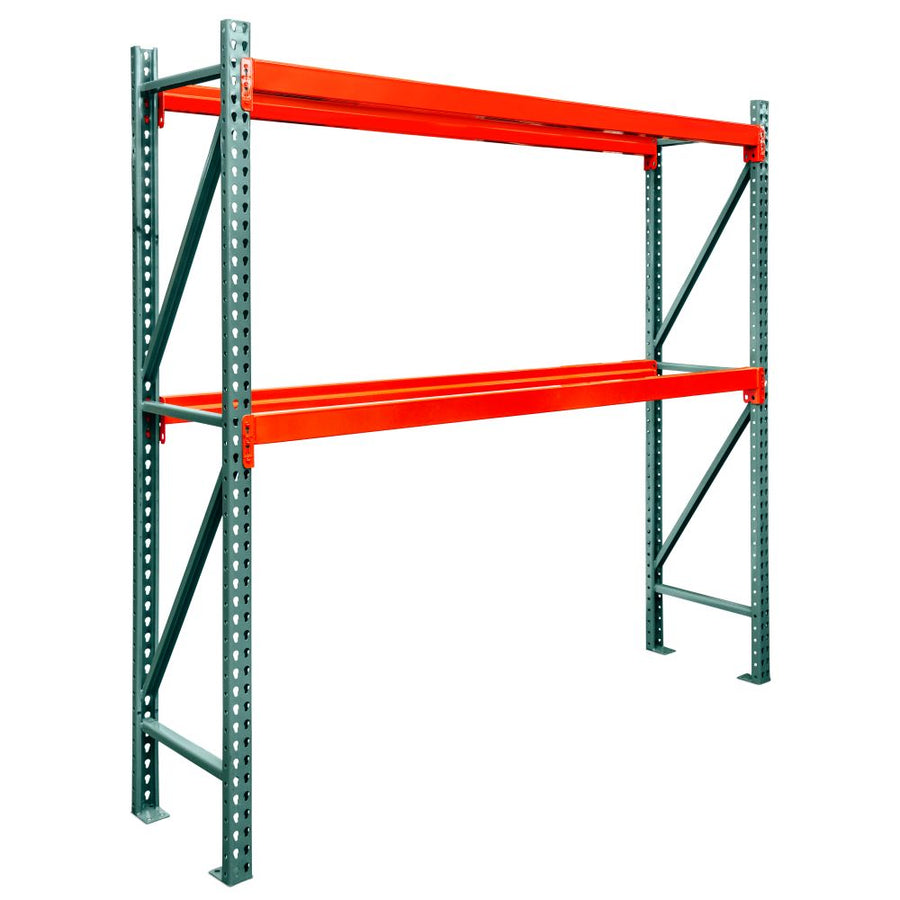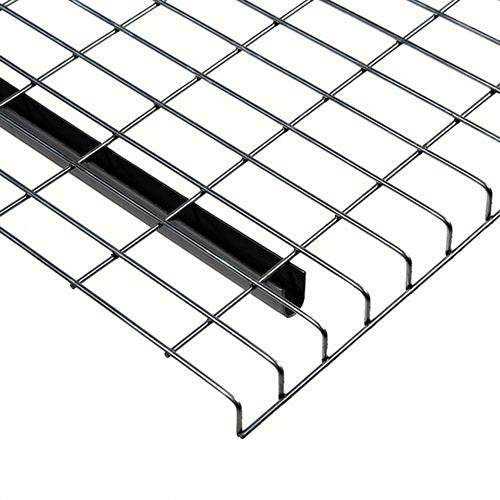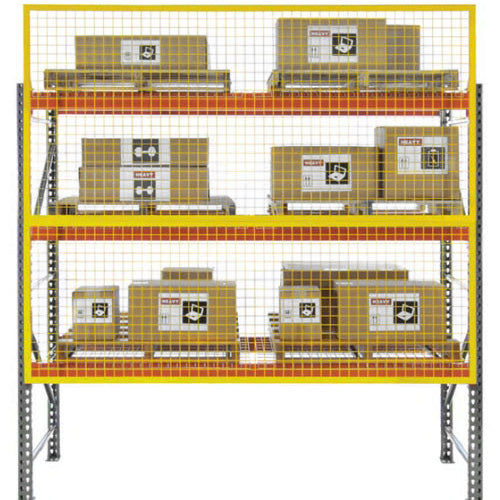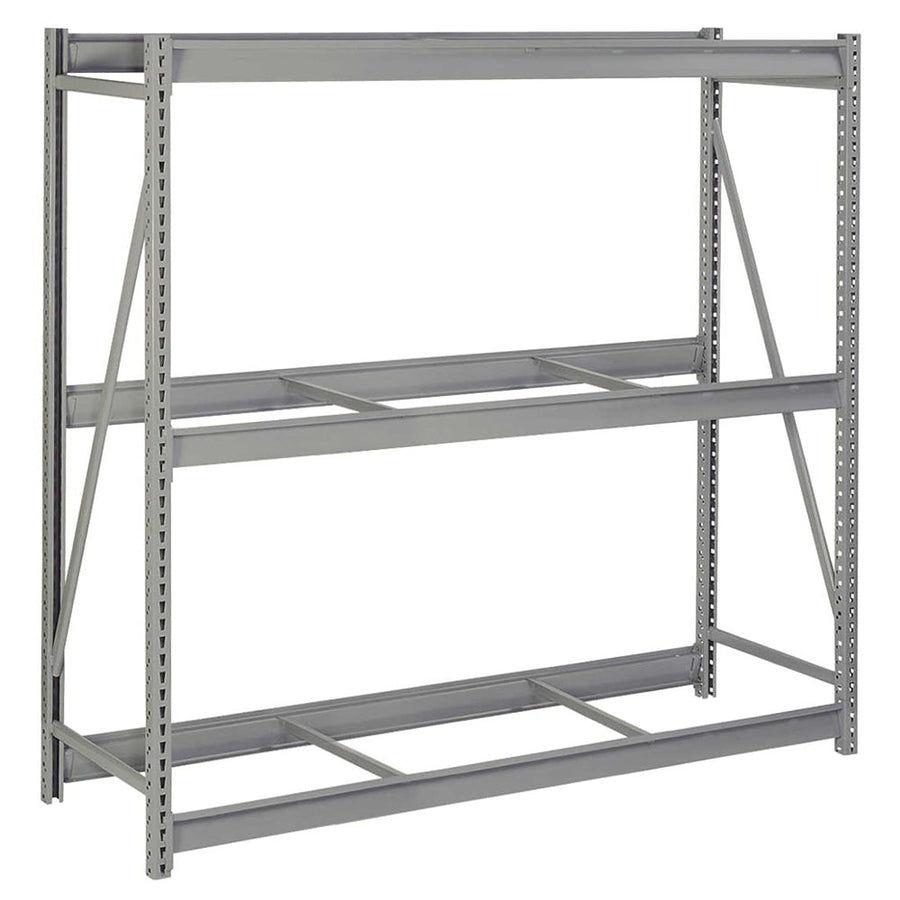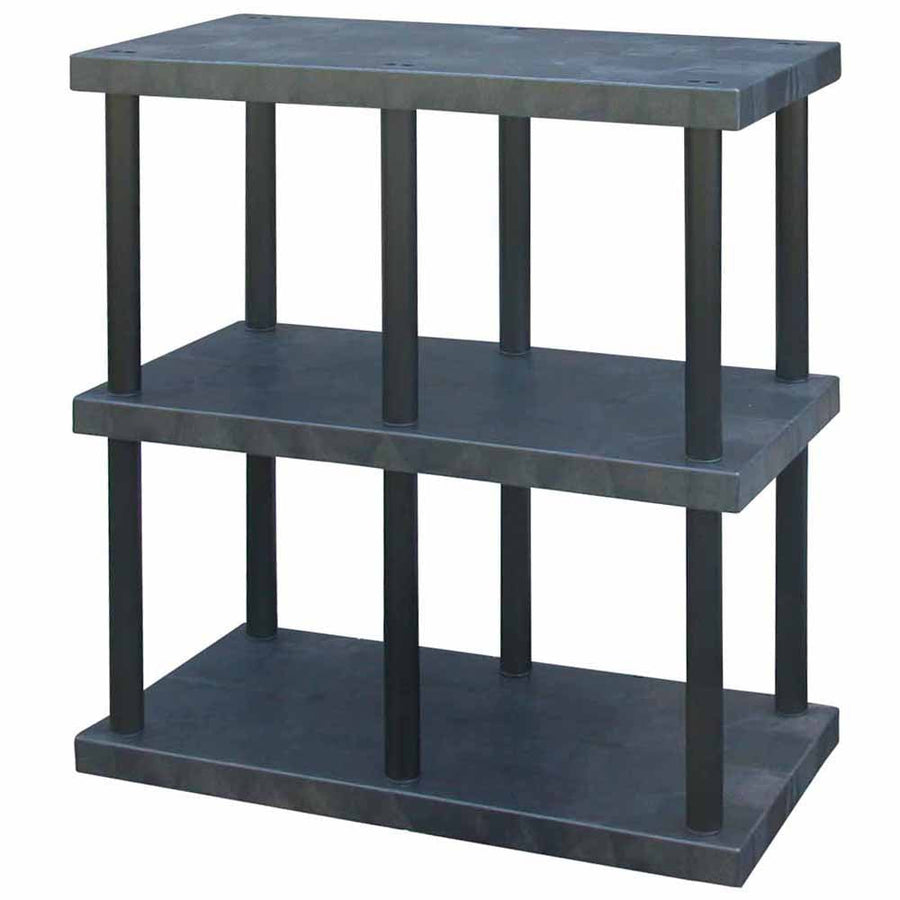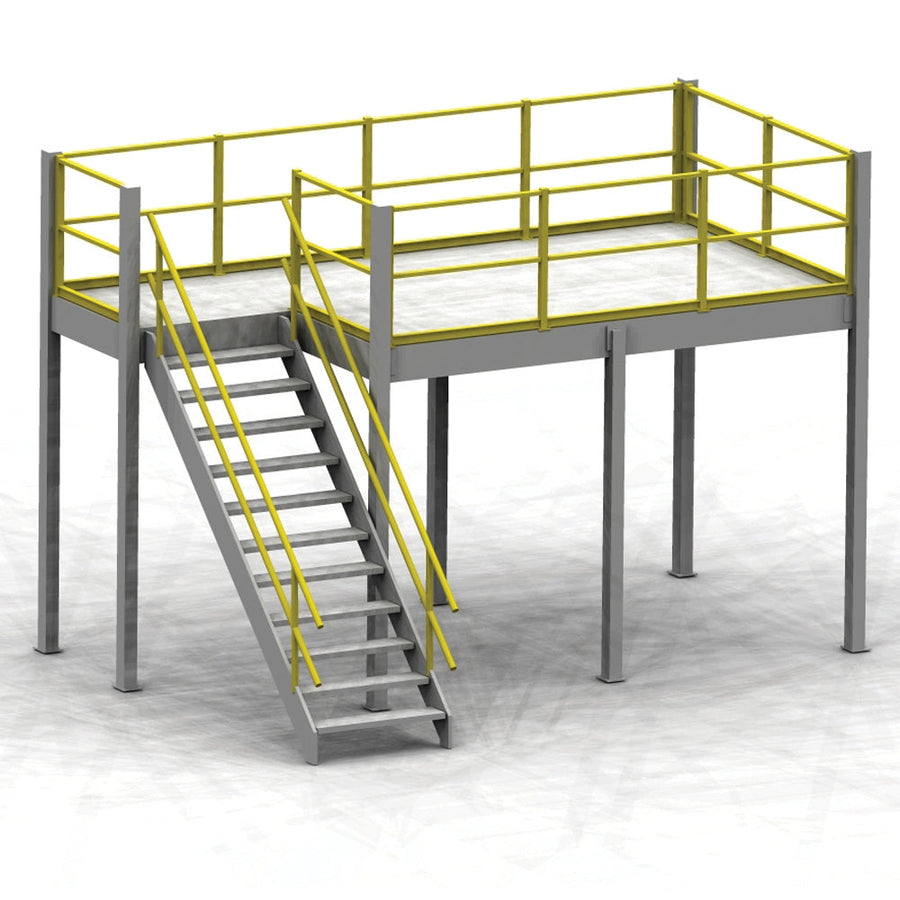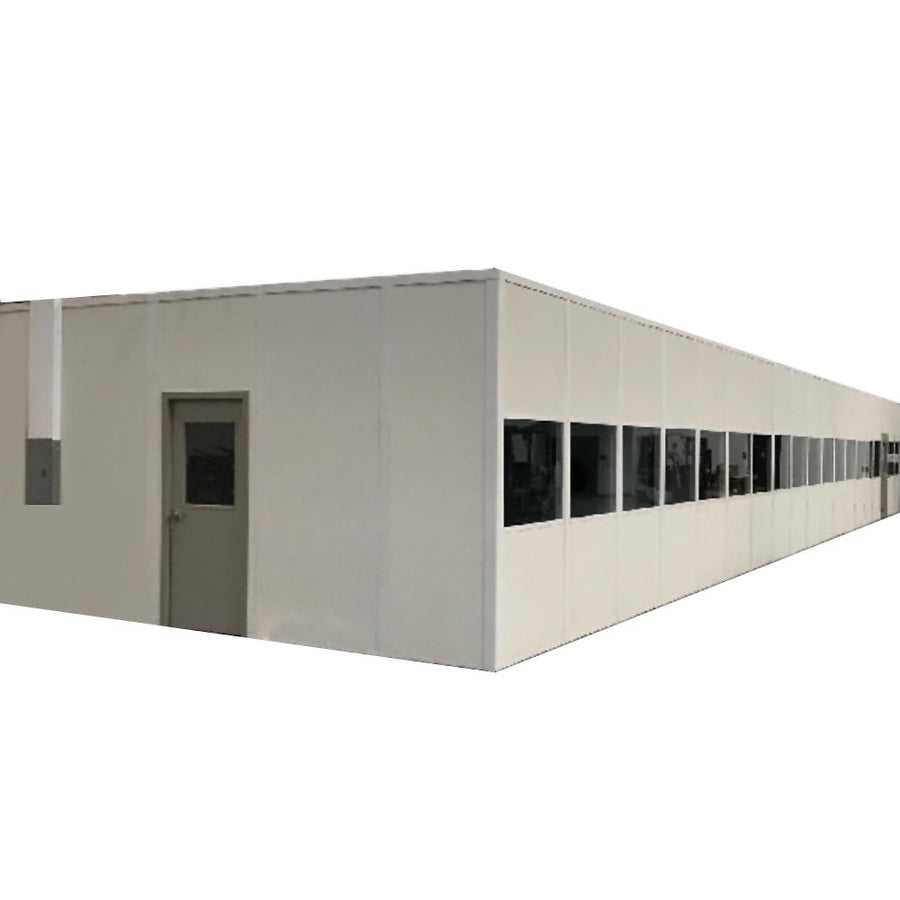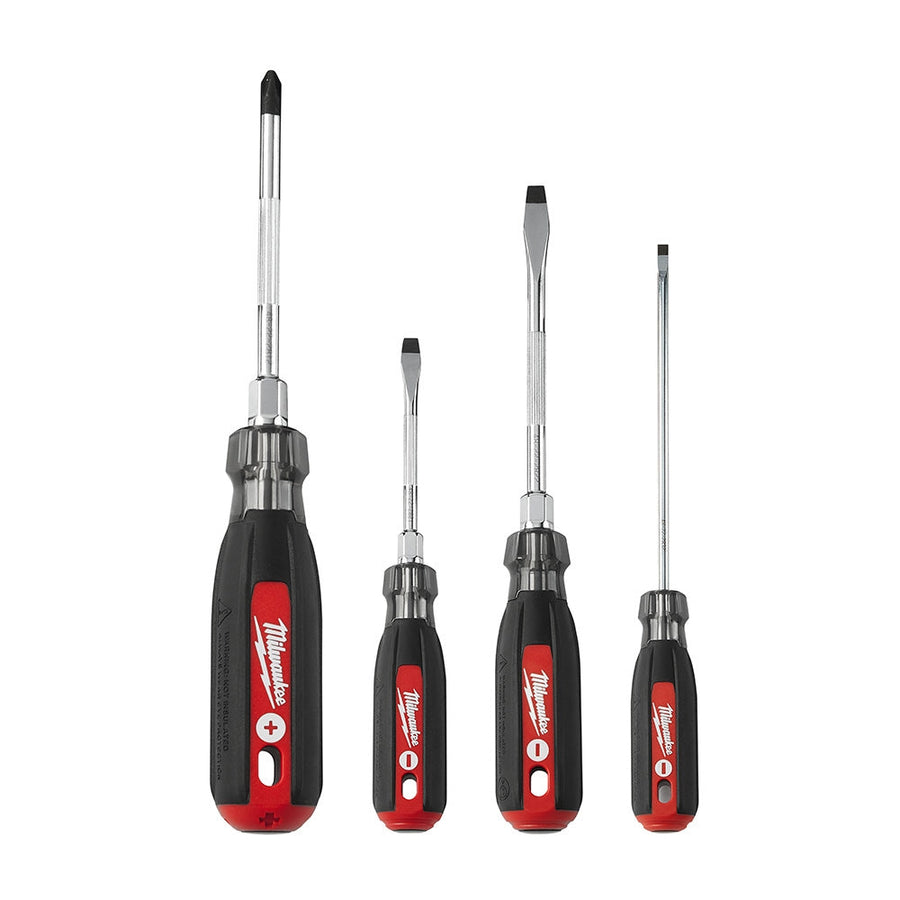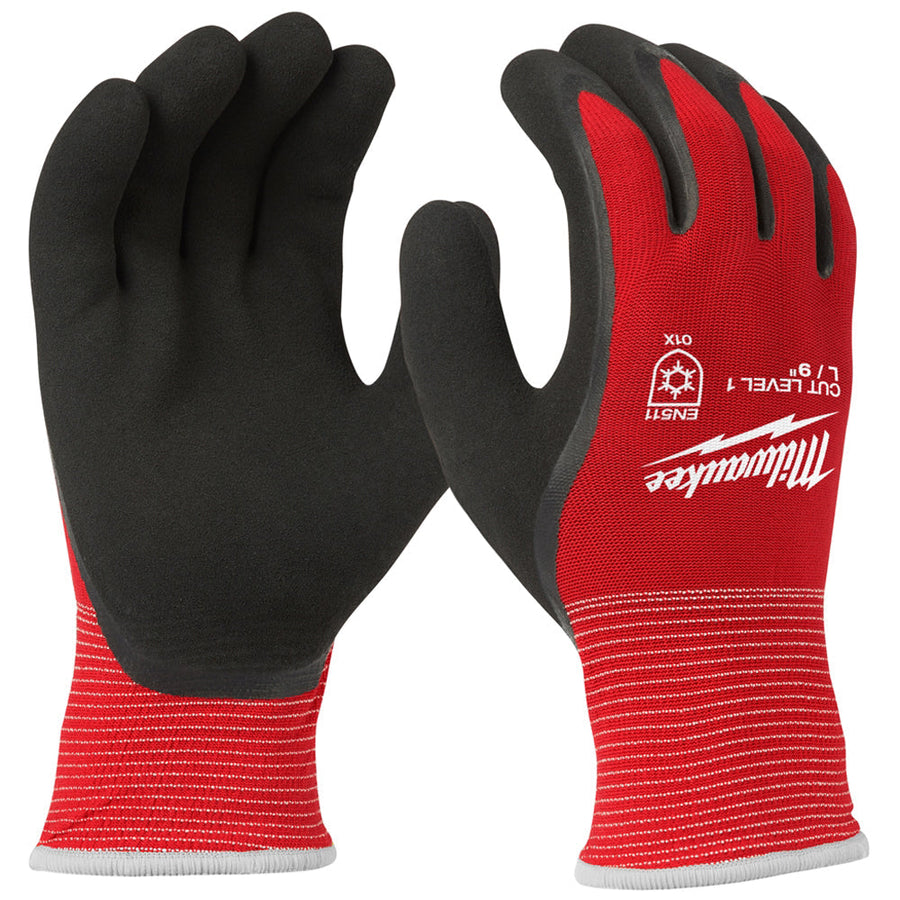These days, perhaps more than ever, speed is of the essence in the medical industry.
Various factors have come together to put a great deal of strain on the medical warehousing industry. The increased demand for various medicines, combined with the prioritization of vaccine delivery and storage, has meant that medical warehouses need to move faster than ever - even in an industry accustomed to moving quickly.
It can, however, be difficult to balance that speed with the need for efficient, productive warehousing. As the old saying goes, anything worth doing is worth doing right, and the balance between effective warehousing and fast warehousing can be tough to achieve, particularly in the medical industry.
Efficiency & Speed for Medical Warehouses
Constant visibility
No matter where your warehouse falls in the healthcare supply chain, the need for visibility is paramount these days.
Make sure to keep the following information visible to both your team, and your partners, in order to better handle any influx of demand:
- Inventory levels
- Demand forecasting
- Recall levels/management
Correct storage for different products
Different products need to be handled with different levels of care, and knowing the difference will help your team get things done even quicker.
Learn what type of medical product shelving is needed for each of the goods you store (such as sterile polymer shelves or sterile aluminum shelving), and then make sure they’re properly labeled, and your team is trained on how to use each one. Use shelving labels to avoid confusion, and set clear paths to each of your shelves to avoid confusion and delays.
Prioritize inventory audits
One of the biggest bottlenecks in any warehouse is the risk of inventory issues, and medical warehousing is no exception.
Inventory audits are nobody’s idea of a good time, and yet they’re perhaps the most important step in preventing issues when picking and storing goods. Make sure to put a focus on frequent and thorough inventory audits, to better prepare your team for their daily responsibilities of finding items and getting them ready for shipment.
Monitor metrics
Finally, your metrics should reflect how your warehouse is performing, and can be the first sign of some issue in the process. Make sure to keep a close eye on your KPIs - delivery time, shipping/order errors, returns, and similar metrics to understand any potential issues your warehouse is encountering, and figure out how to fix them in time to keep your customers happy.



